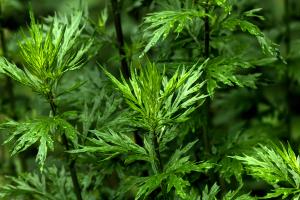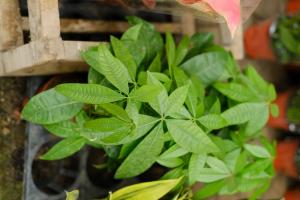Introduction
Ginkgo trees, also known as maidenhair trees, are ancient trees that date back to the Jurassic period. They are often used in landscaping and as urban street trees due to their hardiness and unique appearance. However, before planting a ginkgo tree, it is important to know what planting zones are suitable for this species.
What are planting zones?
Planting zones are geographic areas that define a range of temperatures and climatic conditions suitable for growing specific plants. The United States Department of Agriculture (USDA) has developed the Plant Hardiness Zone Map, which divides the United States into zones based on average annual low temperatures. Other countries have also developed their own zoning systems.
Ginkgo tree planting zones
Ginkgo trees are hardy and can survive in a wide range of climates, but they do have a preference for certain conditions. In general, ginkgo trees prefer temperate to subtropical climates with moderate rainfall and a distinct change in seasons.
In the United States, ginkgo trees are suitable for planting in zones 3 to 9 of the USDA Plant Hardiness Zone Map. Zone 3 covers areas with extreme low temperatures of -40 to -30 degrees Fahrenheit (-40 to -34 degrees Celsius) while Zone 9 covers areas with minimum winter temperatures of 20 to 30 degrees Fahrenheit (-7 to -1 degrees Celsius).
However, it is important to keep in mind that ginkgo trees are sensitive to air pollution and do not tolerate strong winds or salt spray, so it is best to avoid planting them in areas with heavy traffic or near the coast.
Other factors affecting ginkgo tree growth
While planting zone is an important factor in the growth of ginkgo trees, it is not the only one. Here are some other factors that can influence the growth and health of ginkgo trees:
Soil type
Ginkgo trees prefer well-drained soils that are neutral to slightly acidic. Soil that is too acidic can lead to nutrient deficiency, while soil that is too alkaline can cause leaf yellowing and stunt growth.
Sun exposure
Ginkgo trees prefer full sunlight but can tolerate partial shade. However, too much shade can result in poor growth and leaf drop.
Watering
Ginkgo trees are drought-tolerant once established, but they still require regular watering during the first few years of growth. It is important not to over-water or let the soil become waterlogged, as this can lead to root rot.
Pruning
Ginkgo trees do not require regular pruning, but occasional pruning can help to shape and maintain the tree's form. It is important to prune in late winter or early spring before new growth appears.
Conclusion
Ginkgo trees are hardy and can survive in a wide range of climates, but they do prefer certain conditions. It is important to plant them in suitable planting zones and to consider other factors such as soil type, sun exposure, watering, and pruning. By taking these factors into account, you can help ensure the healthy growth and longevity of your ginkgo tree.

 how many times do yo...
how many times do yo... how many planted tre...
how many planted tre... how many pine trees ...
how many pine trees ... how many pecan trees...
how many pecan trees... how many plants comp...
how many plants comp... how many plants can ...
how many plants can ... how many plants and ...
how many plants and ... how many pepper plan...
how many pepper plan...





























